GLYCODUR® F / GLYCO® 92
Key Features
- PTFE based according to ISO 3547 type P1
- Negligible stick-slip effect
- 250 MPa maximum static load
Many applications require a combination of good friction properties, a high wear resistance and a high load capacity at the same time.
GLYCODUR® F sliding bearings have a steel base, to which a 0.2 to 0.4 mm porous tin bronze layer is sintered. The pores of this layer are filled during a rolling process with polytetrafluoroethylene (PTFE) and other friction and wear reducing additives. A 5 to 30 µm top layer made of the same material forms the running-in layer.
GLYCODUR® F sliding bearings combine in optimal manner the mechanical properties of the sintered bronze with the sliding and lubrication properties of a PTFE mixture. The structure of this composite material results in good dimensional stability and good thermal conductivity.
Microsection
Microsection GLYCODUR® F according to ISO 3547 type P1
| 1 | Polytetrafluorethylene (PTFE) |
| 2 | Tin bronze |
| 3 | Steel back |
| 4 | Tin layer |

Technical Data
| Properties | GLYCODUR® F (GLYCO® 92) |
|---|---|
| Material type | PTFE based according to ISO 3547 type P1 |
| Composition | Steel back with sintered layer of tin bronze. Pore filling and cover layer (5 to 30 µm/0.0002 to 0.00118 in) of PTFE and MoS2 with friction reducing additives |
| Application | All kind of pumps, transmission, shock absorber, etc. Universal material used in many applications (automotive, industry, etc.) |
| Permissible stat. specific load | 250 MPa |
| Permissible dyn. specific load | 80 MPa |
| Maximum sliding velocity |
2 m/s (dry running) 2 m/s (greased) 10 m/s (oiled) |
| Operating temperature | -200 to 250 °C |
| Coefficient of friction | 0.03 to 0.25 |
| Stick-slip | negligible |
| Wear layer thickness (min.) | 0.2 mm / 0.0079 in |
| Lubrication
Friction Wear resistance Load capacity |
dry
+ + +
Oil
+++ + + |
| Ability to support edge loads (resulting from misalignment) | standard |
| Ability to embed dirt and foreign particles | standard |
| Ability to carry alternating loads | good |
| Ability to accommodate linear movement | standard |
| Machining of sliding surface after mounting | calibration |
| Technical sheet |
Available Designs
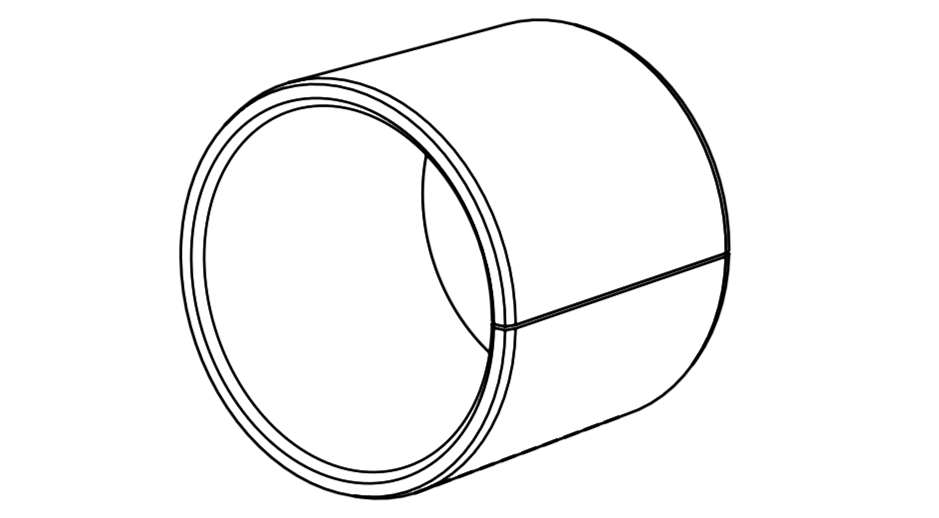
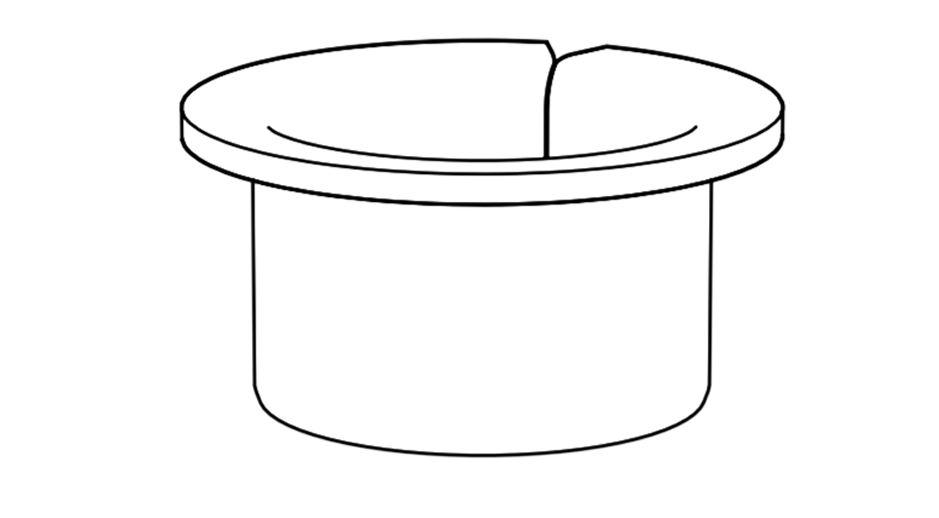
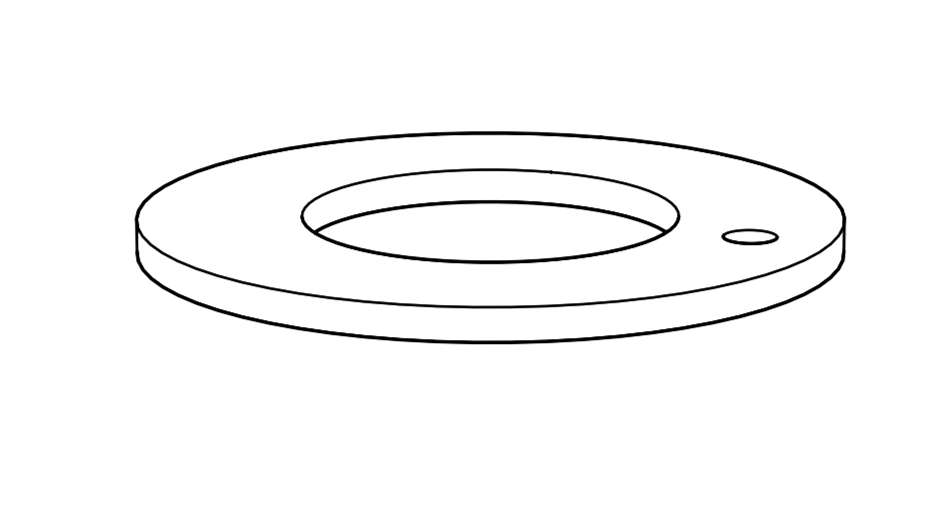
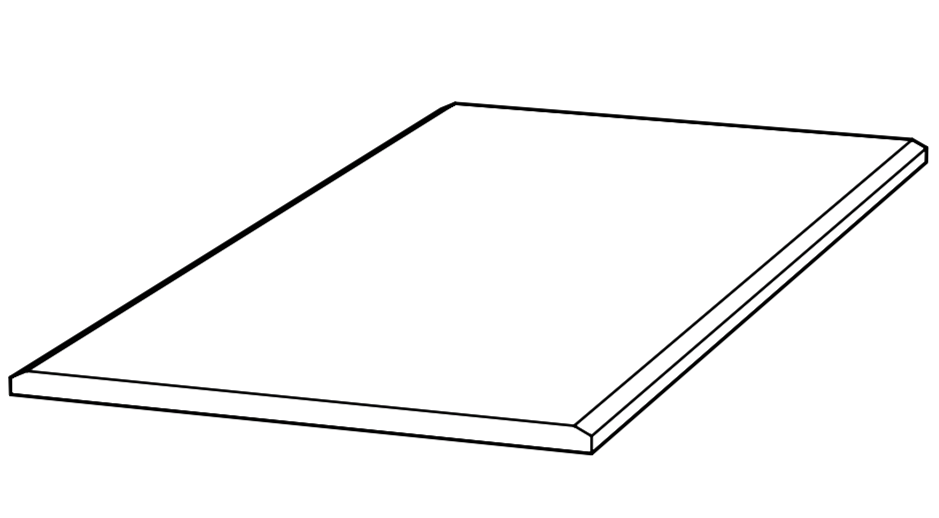
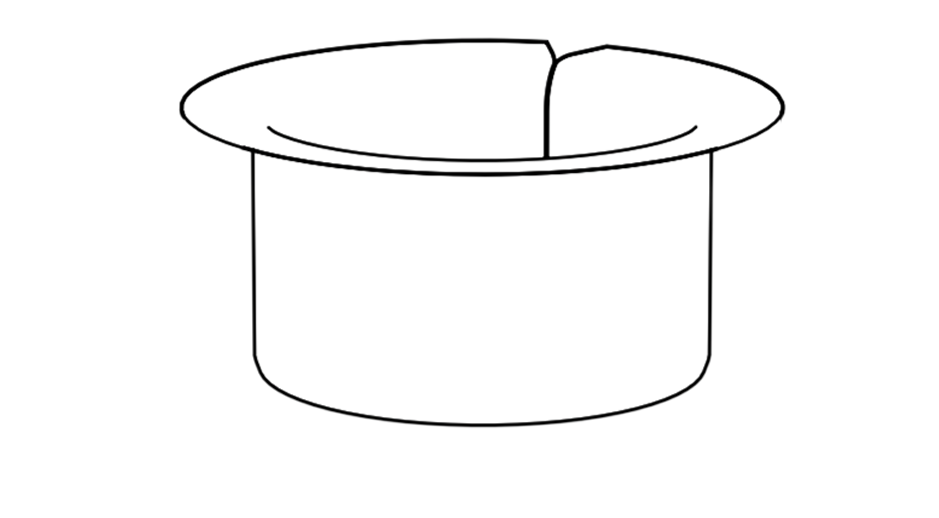
All Materials of the
GLYCODUR® Portfolio
Catalog parts
- GLYCODUR® F
- Cylindrical bushings
- Flanged bushings
- Thrust Washers
- Strips
- GLYCODUR® A
- Cylindrical bushings
- Thrust Washers
- Strips